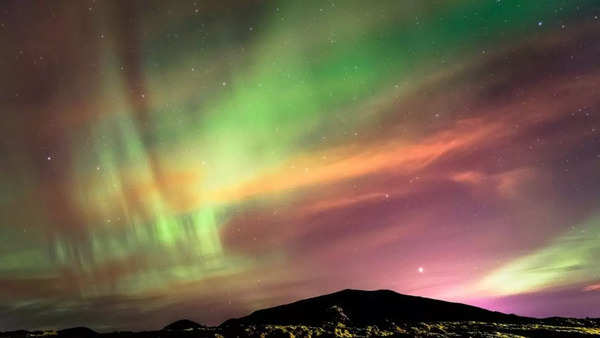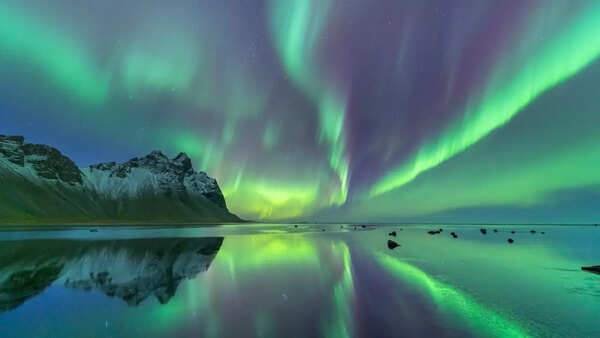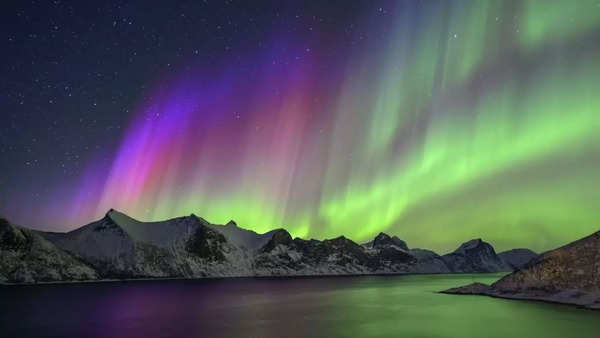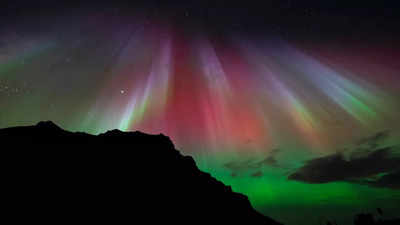If you thought that the celestial wonders were already over after February 28th, then we come bearing good news!
After witnessing the planetary parade, it’s time to see the stunning northern lights!
When’s the ‘light’ show?
A stunning Northern Lights display is set to shine over parts of 10 states and all of Canada on March 1, 2025.
The sun released a powerful stream of plasma on February 25 that is set to slam into Earth tonight, colliding with the magnetic field and giving off a magnificent burst of colors ranging from green to red, blue, and purple. As per the National Oceanic and Atmospheric Administration (NOAA), the best views of the northern lights are just after sunset or before sunrise.
What are the Northern Lights?

The Northern Lights, also known as aurora borealis, are a natural light display that occurs when charged particles from the sun collide with Earth’s magnetic field.
The Northern Lights occur when charged particles from the sun collide with Earth’s atmosphere.
How it happens:
Solar activity, like solar flares and coronal mass ejections, releases charged particles from the sun. The solar wind then carries these particles across space. The particles enter Earth’s magnetic field and are funneled towards the poles and collide with oxygen and nitrogen atoms in the upper atmosphere. The atoms release energy in the form of light, which we see as the Northern Lights.
Where do the Northern Lights occur?
The Northern Lights occur in an oval-shaped area around the Earth’s north pole called the auroral zone. This zone includes parts of Canada, Iceland, Norway, Sweden, and Finland.

However, this time, people will have a chance to see the Northern Lights in Washington, Idaho, Montana, North and South Dakota, Minnesota, Wisconsin, Michigan, New York, and Maine.
NOAA added that the collision of solar particles in the magnetic field – also known as a geomagnetic storm – could interfere with power grids and cause short radio blackouts over these areas.
NOAA wrote, “The aurora does not need to be directly overhead but can be observed from as much as 1000 km [621 miles] away when the aurora is bright and if conditions are right.”
Geomagnetic storms are fairly common, with minor storms full of solar particles hitting our planet’s magnetic field a few times each month.
Experts with NOAA call these events a “very efficient exchange of energy from the solar wind into the space environment surrounding Earth.”
Large storms are rarer and are typically the result of a large coronal mass ejection (CME), when the sun shoots out massive amounts of plasma into space – sometimes striking Earth.
How to see the Northern Lights?

For America’s northern neighbor, Canada will be sitting right in the heart of the aurora’s projected path. Alaska will also have a great opportunity to take in the Northern Lights during the weekend. For those hoping to see the Northern Lights over the weekend, it might be easier to view them through your smartphone. Taking a picture with a smartphone camera may also reveal hints of the aurora that aren’t visible to the naked eye.
